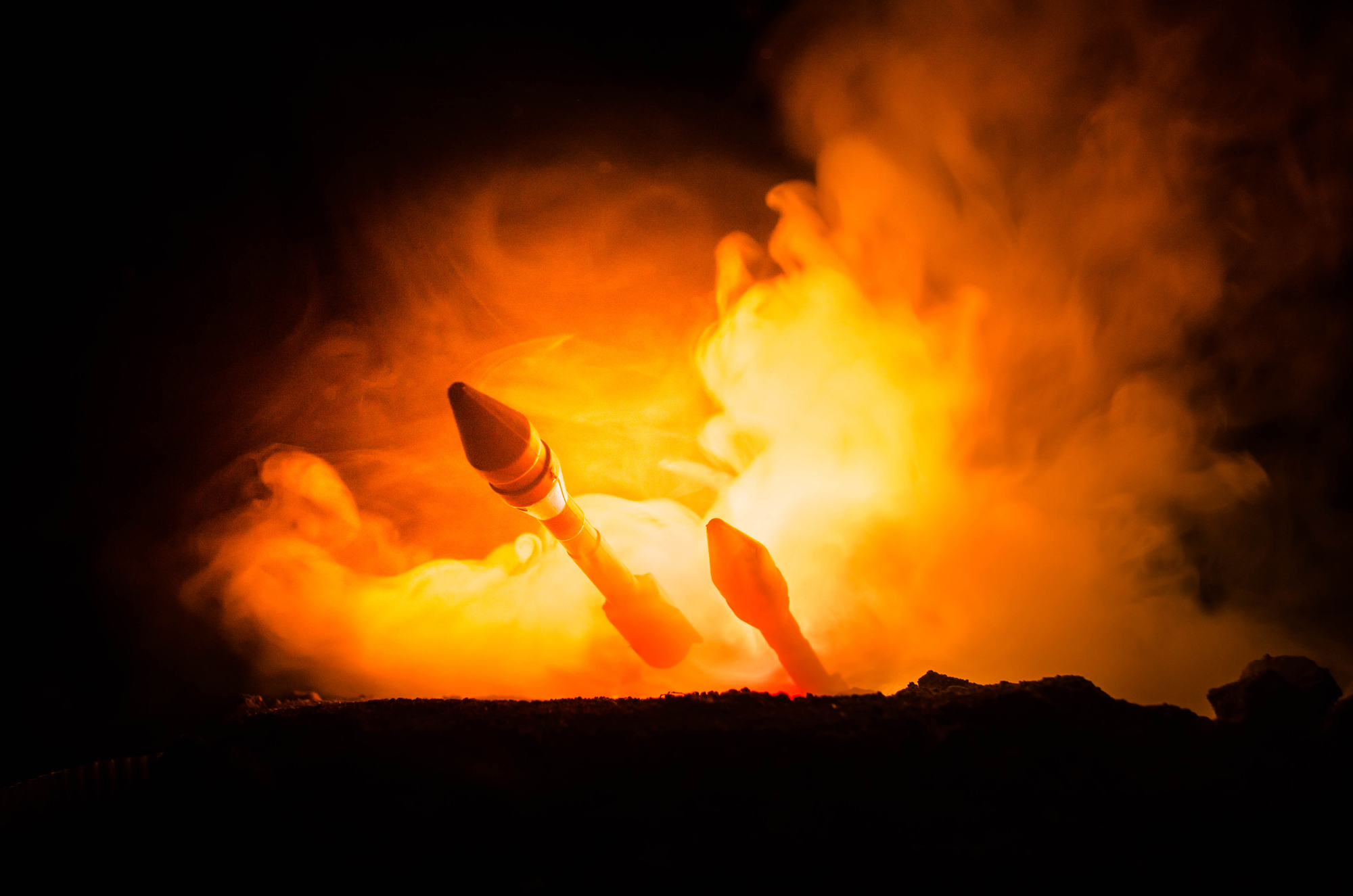
Russian lawmaker Maria Butina said on Monday that the administration of President Joe Biden was risking World War Three if it had allowed Ukraine to use U.S.-made weapons to strike deep into Russia.
“These guys, Biden’s administration, is trying to escalate the situation to the maximum while they still have power and are still in office,” Butina told Reuters.
“I have a great hope that (Donald) Trump will overcome this decision if this has been made because they are seriously risking the start of World War Three which is not in anybody’s interest.”
Ukraine’s new weapons
ATACMS
Ukraine’s President Volodymyr Zelenskiy has been long asking Kyiv’s allies to give it the capability to strike deeper behind Russian lines, a crucial part of disrupting enemy logistics and command chains.
The U.S. held off on supplying Army Tactical Missile Systems (ATACMS) – because of concerns that Russia would see this as escalatory – until October 2023, when they supplied a short-range version with a maximum range of 165 km (100 miles).
This was followed up by deliveries in early 2024 of a longer-range version of the ATACMS missile which has a range of up to 300 km (165 miles).
With the U.S. permission, Ukraine will now be able to strike targets deep inside Russia, most likely around Russia’s Kursk region, where Kyiv forces still hold swaths of the territory and where North Korean troops are reported to be concentrated.
In August, analysts at the Washington-based Institute for the Study of War said that hundreds of known Russian military objects were in the range of ATACMS.
It is likely, however, that some of the military assets, despite the logistical difficulties, have been moved deeper into Russia in anticipation of the U.S. decision.
F-16s
Ukraine asked for F-16 fighter jets from soon after start of the invasion to boost its long-range strike ability as well as to use the jets to shoot down the volleys of cruise missiles fired deep into Ukraine by Moscow.
Ukrainian pilots started to be trained on the jets only in August 2023, after lengthy negotiations between the coalition of allies who would provide planes or training.
Ukraine was keen to finish the training process as soon as possible, and the confirmation that Ukraine had received the first planes came on July 31 this year.
Since then, one of the planes has crashed while attempting to engage Russian missiles fired at land targets in Ukraine.
WESTERN TANKS
Although Ukraine’s eastern European allies provided it with Soviet-era tanks at the start of the invasion, Kyiv coveted Western-built tanks, such as Britain’s Challenger 2 and the German-built Leopard 2, until their transfer was approved after a lengthy negotiation in January 2023.
The agreement on a coalition of countries to supply the tanks was delayed by concerns in Germany that the move could be seen as escalatory by Russia. Berlin eventually approved the transfer of Leopard 2 tanks from other countries’ stockpiles as well as its own.
STRIKES ON RUSSIA
For over two years, the United States did not allow Ukraine to strike Russia with any of its weapons systems.
After a Russian assault in May 2024 near the northwestern city of Kharkiv, Washington changed its stance under pressure from Kyiv.
Ukraine was secretly authorised by President Joe Biden to fire U.S.-supplied weapons at military targets inside Russia that were supporting the Kharkiv offensive.
Reuters, citing two U.S. officials and a source familiar with the decision, reported on Sunday that Biden’s administration has made the decision to allow Ukraine to make the strikes with U.S. weapons deep into Russia.
The New York Times also reported that Biden’s administration had made the decision. The Kremlin has yet to comment on the reports.
President Vladimir Putin said on Sept. 12 that Western approval for such a step would mean “the direct involvement of NATO countries, the United States and European countries in the war in Ukraine” because NATO military infrastructure and personnel would have to be involved in the targeting and firing of the missiles.
In late October, Putin said that Russia’s defence ministry was working on different ways to respond if the United States and its NATO allies help Ukraine to strike deep into Russia with long-range Western missiles.
“I guess there are some people in the United States who have nothing to lose for whatever reason or who are completely off the grid so much that they simply do not care,” said Butina, who spent 15 months in U.S. prison for acting as an unregistered Russian agent and is now a lawmaker for the ruling United Russia party.


